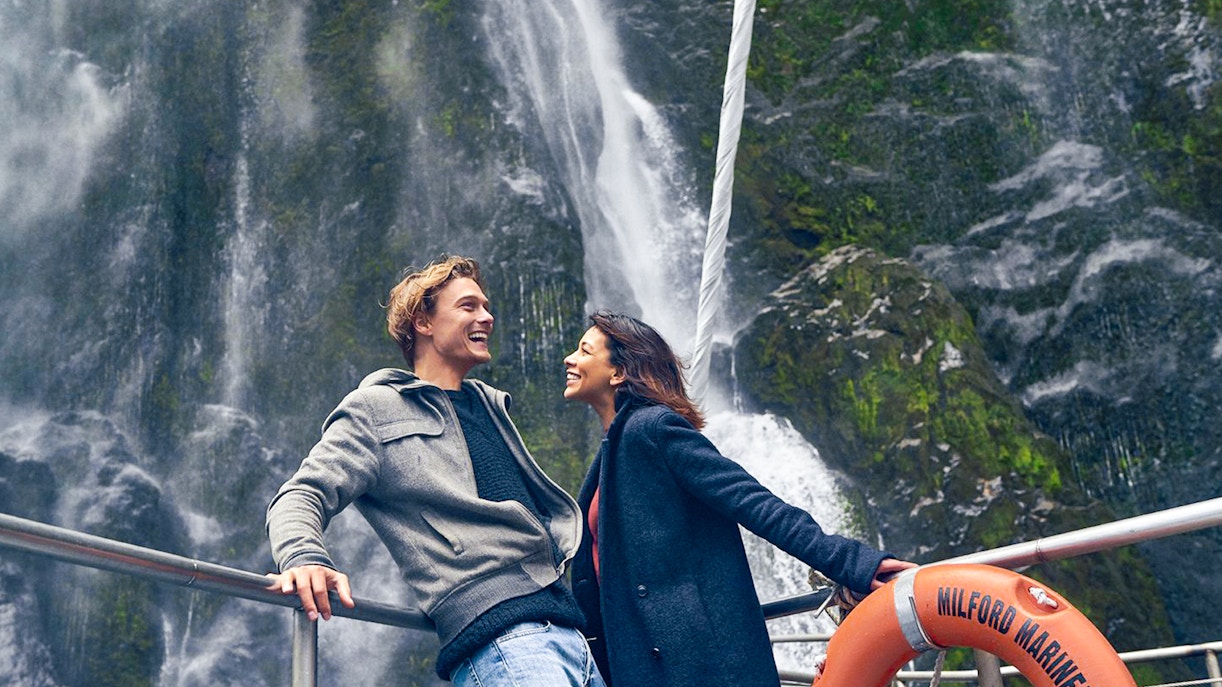Located in one of the wettest places in New Zealand, Milford Sound Falls can be permanent or temporary. These ever-changing waterfalls, framed by towering cliffs and lush greenery, enhance the ethereal charm of Milford Sound, making it a haven for those seeking the wonders of New Zealand's pristine landscapes.
Numerous enchanting waterfalls add to the allure of Milford Sound. Among them, the iconic Bowen Falls plunges 162 meters from a rocky precipice, creating a captivating spectacle near the mouth of the sound. Stirling Falls, with its 155-meter drop, is another highlight, casting a misty veil over the landscape. Read on to learn all about Milford Sound Waterfalls.













